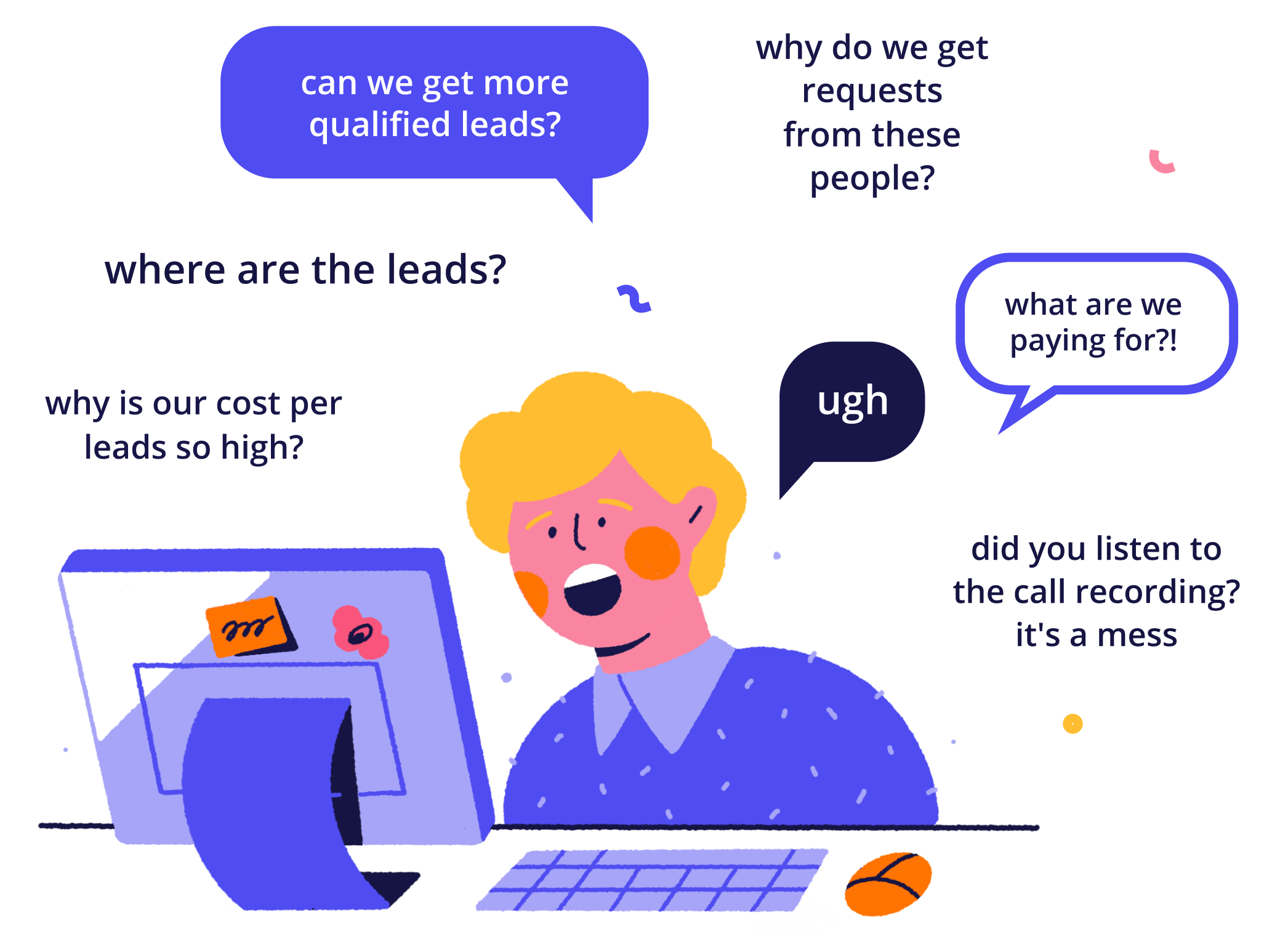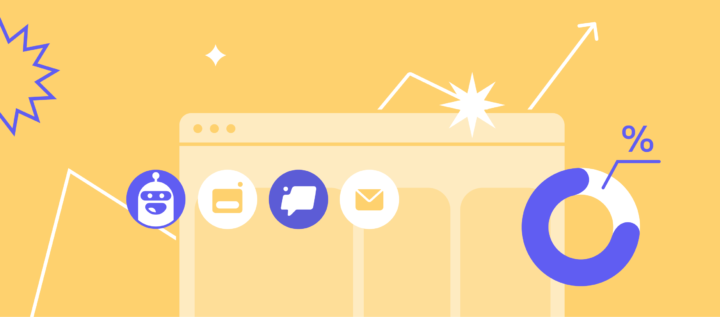Why do you need to know more about LTV metric?

This article was prepared by Natalie Rayne, the content marketer at AcademyOcean.
LTV metric is one of the most critical metrics you need to know. Especially, during the planning of your marketing program. Day by day, you make decisions on how to invest in marketing to drive your business. In-depth knowledge of the use of the LTV metric will help you do it in the right way. Without it, you will not understand what your marketing investment yields in the business growth cycle.
Let us address three main LTV questions: What it is, How you can calculate it and How you can use it to make better investment decisions.
What is Customer LTV?
From Cambridge dictionary, customer lifetime value (LTV) is a calculation of how much profit a business could make from one customer over the whole period that they remain a customer.
Say you charge $50 per month for your service and a customer stays with you for six months. Their LTV would be $50 × 6 = $300
The main reason customer LTV is so essential for your SaaS business is that it manages what you can do and spend to acquire new customers. There is one more important metric that is directly related to the LTV — Сustomer acquisition cost (CAC). In simple terms, it is the amount you pay to attract new customers. For example, if your customer acquisition cost is $50 and his LTV is $200, you’re basically making $150. So, we see that the smaller the CAC metric the bigger the LTV metric. And the faster you can grow your SaaS business.
Simple, isn’t it? Well, it mostly is. But you should remember that customers are not the same and each customer has their own LTV. You need to know what the LTV is of each significant customer segment.
We, at AcademyOcean, increase customers’ LTV with new product features. When it comes to the moment of adopting new features by customers, you may present your new features in the spotlight of a new step-by-step online course. The moment your customer decides to drop the course, you see the exact place where it happens and have a chance to catch up to him. And the most important one — your feature adoption is trackable. Thus, you can track customer success by seeing how many lessons have been passed, and moreover, you can ask your users to pass quizzes to see if they understand them properly. All of these things you can do with the help of AcademyOcean tool.
The more features your product has the more chances there are that your customer will stay with you. The reason is that he sees that your product keeps evolving and moreover you really care about your customers by spending time on their education. And as you know there are no more rewarding tactics as loyalty. Both emotionally and money-wise.
Find out the best strategies to increase your customers’ LTV tested by Dashly experts

LTV calculation
Let us take a look at the universally accepted formula for calculating LTV.
Average Revenue Per Paying User (ARPU) is the average amount of money you make from a paying customer.
Customer lifetime is a period when the customer pays for the use of your product.
To calculate LTV, you also can use customer churn.
The higher your user churn, the lower your LTV will be.
How LTV will help strengthen your business
First of all, LTV helps to realize the value of loyal customers for your SaaS business. Using customer LTV as a metric helps solve such practical issues listed below.
Promotional expense planning
LTV is also important analytics metrics. It helps to consolidate the balanced vision of the statistic.
LTV helps determine the maximum сustomer acquisition cost. To figure out how much your company can spend on marketing and sales, you need to compare the expected income — LTV and the сustomer acquisition cost — CAC.
Under the same principle, LTV helps evaluate the effectiveness of attraction channels. By tracking statistics on various advertising channels — contextual advertising, search, mailing, and others — you can determine the most profitable or unprofitable channels.
Impact of discount on customer lifetime value
One of the easiest ways to increase sales, but not the most efficient for business, is to give customers discounts. Discounts often become a stumbling block between business owners, marketers and the sales department.
Calculating LTV with discounts helps predict their impact on future customer value. Here is an example of a calculator, where you can change the size of the discount and see how the customer’s LTV changes.
Separating customers by their company value
Customers’ LTV prediction makes it possible to segment the customer base according to different criteria: the number of purchases, the frequency and the total amount of purchases.
Based on this data, you can develop an email marketing strategy, prepare more relevant offers and more efficiently allocate funds for marketing and sales.
So to sum up, LTV helps focus on the profit from your customers. The recognition of how much your company can gain or lose makes it necessary to take a different look at the significance of your customers and direct efforts to satisfy their requests.
Get a free expert analysis of your website communications and learn where you lose leads




![13 growth hacking examples tested by Dashly experts [+46 free templates]](https://www.dashly.io/blog/wp-content/uploads/2023/05/Growth-hacking-examples-to-inspire-your-team-720x317.png)
